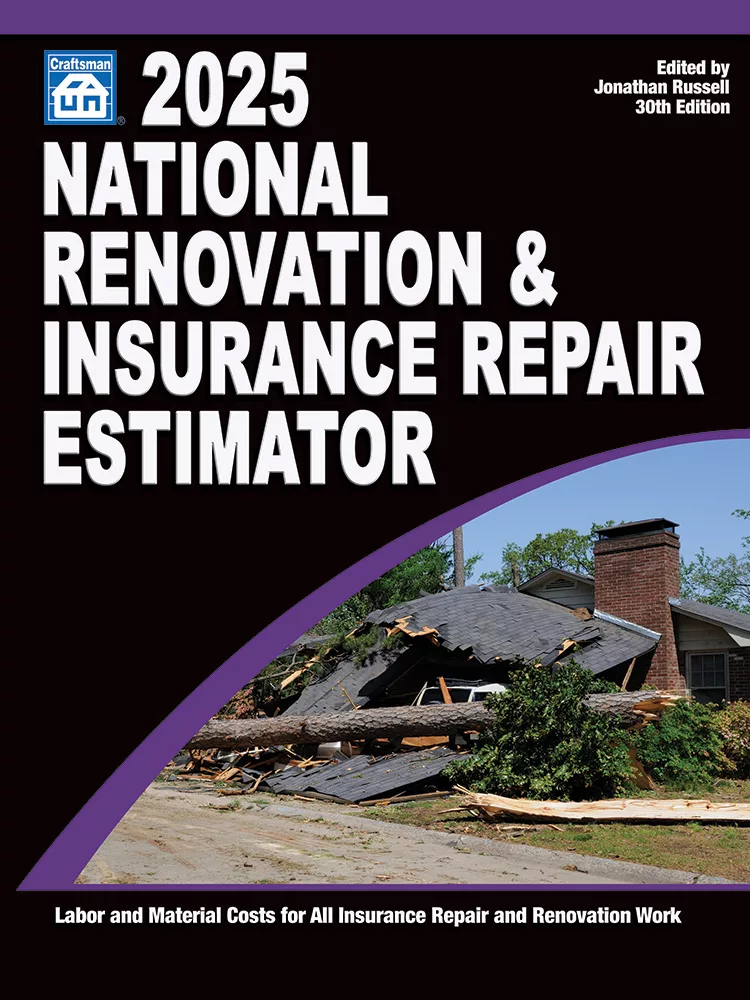3 Important Considerations on Packout Software
A true understanding of a product offering in this space begs only three questions – especially for those now contemplating the introduction of a technology infrastructure to help power their contents division – and specifically, which solution to choose.
So, where do you start?
You start by asking the three most important questions any serious contents organization MUST ask/inquire/understand when choosing contents software.
Let’s first understand the definition of a “serious contents organization,” which, in my opinion, is any contents restoration company (old, new or thinking about it) who process contents because they are interested in generating more revenue and profits, and are serious about GROWTH. Conversely, if a contractor is looking for software because they have to, likely because carriers are demanding some sort of technology infrastructure and reporting, then honestly, any solution will work. At that point, and with that mindset, the cheapest and simplest thing out there will do the job.
So… are you here to grow and profit? Or are the carriers pulling you by the ear into this arena?
Even in the case of the latter, why not be the best and give the contents restoration arm of your business the same respect and caliber of excellence you have shown in your other respective divisions. Worst case scenario is that you will have handled a few contents claims well, insureds are happy, and adjusters are impressed. This can only impact your overall restoration book of business favorably. Alternatively, you can treat contents like your ear is being pulled and witness how a poorly handled contents experience - especially compared to your competitors - negatively impacts your overall book of business. So ask yourself again, are you serious about contents? If the answer is “YES,” keep reading.
Question No. 1: How much faster will this software make us? How much more can we packout and inventory with our current team?
The first question – the most important question – begs an understanding of the management of contents. Specifically, that only one variable dictates how much revenue a contractor can generate. That variable is how quickly can they packout and inventory contents.
It’s simple math really: If you can condense your traditional 5-day packout into a 2-day packout, you now have an opportunity to packout 3 times as much. You just took your company from $1 million to $3 million. Contractors who understand, appreciate and look for tools which solve this equation are serious about the business of contents and growing their business. For them, the next two questions also apply.
Question No. 2: How does the software help my company grow and handle volume?
When we move from famine to feast, and our business volume grows, what features does the software or technology infrastructure provide to help manage each and every single claim – from tip to tail – without the contractor dropping the ball? After all, as a contractor, we are here to generate revenue, profit and growth. This question demands that the contractor look well past the packout portion of the technology. Indeed, while it starts with the packout, it’s what you can do with that packout data that is all important. Many contractors at this stage in comparing software technology do not think to look inside the technology for available tools to handle serious volume – it’s just not part of their shopping paradigm, but it should be.
Volume processing presents a whole new set of challenges and seasoned processors appreciate the little things. It is about the little things. Large contents companies have learned how little things, the small steps, add up to big efficiencies! You will want sophisticated software that helps you manage hundreds of claims, month over month, quickly and efficiently, reduce administrative burdens, and allow for exponential growth.
Question No. 3: What does the software provide to help deliver phenomenal customer service at every touch point?
Tripling your business volume sounds amazing. Handling that volume builds confidence and strengthens your organization. But if you can’t keep the insured happy, if you cannot deliver a rich customer experience, then you cannot retain any of the new business you have generated.
The final major thing to consider is “What does the software or technology infrastructure have that addresses the customer experience?”Think of this: You have 50 claims a month of all sizes. Each claim is live for about 5 months (where live = the customer may call for something multiple times). This gives you 250 claims each with insureds who may want something. How do you consistently deliver on each request? The art of customer service is a simple concept: the ability to treat each customer as if they are your only customer.This final consideration is arguably the most important. Innovative technology that dramatically improves inefficiencies, gives the carrier more data, and helps all parties go beyond customer service, creates an entirely new customer experience. This customer experience becomes the key differentiation that will catapult your organization to the head of the pack.
Looking for a reprint of this article?
From high-res PDFs to custom plaques, order your copy today!




